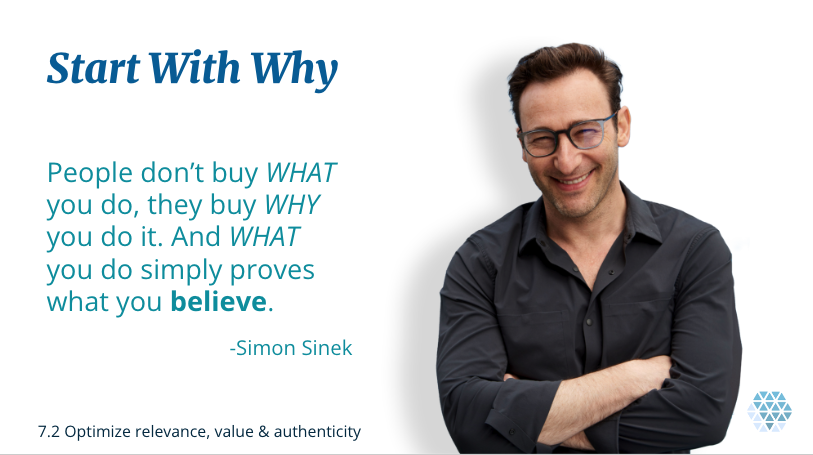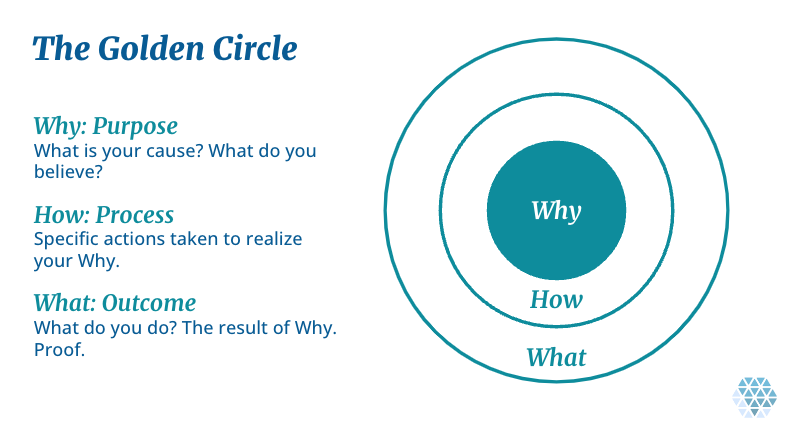Start with Why
Simon Sinek wrote an amazing book called Start with Why, which goes into how great leaders inspire everyone to take action. He speaks about corporate implications of starting with why mostly. Let's visit this topic through the lens of education.
Why am I bringing this up in terms of education (see what I did there - starting with my why)? Arguably educators are the greatest leaders there are. Educators lead by example and cultivate expert learners.
In his book, which is also available in audio format, he explains that there are leaders and then there are those who lead. Leaders actually inspire us. They inspire by being clear on why they do something...not just what they're doing. Passion comes from a sense of purpose, or as Sinek puts it, a strong sense of why. Educators and administrators alike need to have a clear sense of why they do what they do. Every organization knows WHAT they do, some even know HOW they do it, but very few know WHY they do it.
Sinek calls this the Golden Circle. The greatest leaders communicate from the inside of the circle out.
In education all too often we get caught up in the outcome; high stakes testing basically changed the paradigm in education. But what if we revisit our roots. What if we making teaching and learning about more than just a test score? Yes, I too live in the real world. I know standardized testing is not going away, but if students were actively engaged in the learning process and shared your passion for the content, wouldn't they retain more of it and perform better? Think about...
Why did you get into teaching?
Why are you using that strategy with students?
Why should students bother to learn that topic? (And not because it's on the test).
“I would rather teach in an accessible way to an inaccessible test, than in an inaccessible way for an inaccessible test.”
So many students struggle with engagement. Engagement is one of the three guiding principals of Universal Design for Learning (UDL). Students will be better able to engage with their education and the curriculum if they are invested in why they need to learn it - think real world examples. This helps eliminate the "I'm never going to use this" mindset. Students are too often passive observers in education. By sharing the why we engage them at the most basic level. UDL consideration 7.2 is about optimizing relevance, value and authenticity. That's what starting with why does.
Likewise, I believe teachers and administrators should share their personal why and passion for teaching with parents and students alike. This goes so much farther to building the home-school relationship than most people realize. Parents are less likely to complain about the little things when they believe in their child's teacher and that the teacher really has the students' best interest at heart.
In his TEDTalk, Sinek explains it in this way...Martin Luther King, Jr. didn't say "I have a plan." He said "I have a dream." He told people what he believed. He had a passion and a strong sense of why which inspired people world-wide.
So what's they key takeaway here? By starting with why, we can bring back some of the passion and authentic engagement in education. This strategy is practical, easy to implement and effective.
Afterall, teachers are some of the best sales people on the planet!
“Teaching and learning are correlative or corresponding processes, as much so as selling and buying. One might as well say he has sold when no one has bought, as to say that he has taught when no one has learned.”


